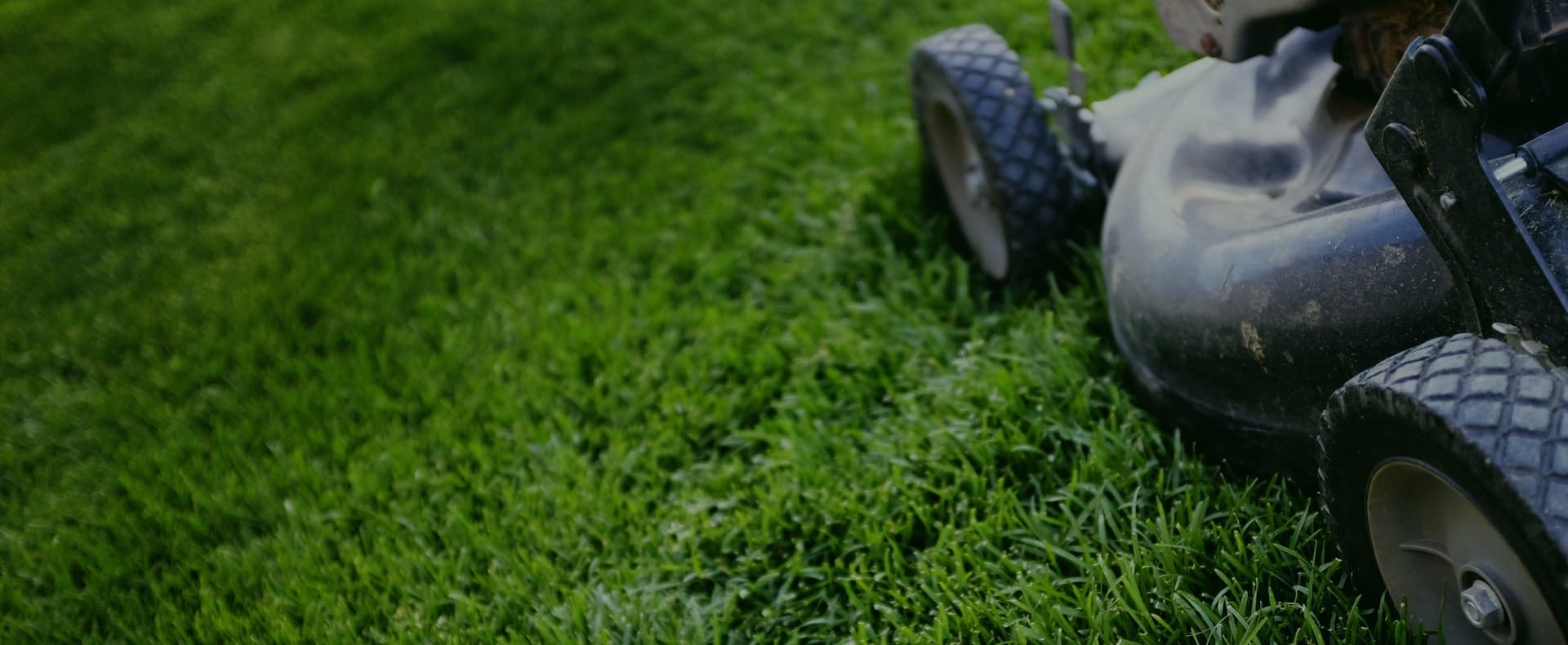Late Summer Lawn Management
Late summer lawn management is crucial for maintaining a healthy, vibrant lawn through the end of the season and into the fall. Here are some essential tips to help ensure your lawn stays in top condition during this transitional period:
Watering: Late summer can be hot and dry, stressing your lawn. Maintaining consistency and deep watering are essential to encourage deep root growth. Water your lawn early in the morning to minimize evaporation and allow the grass to dry before evening, reducing disease risk. Aim for about 1 to 1.5 inches of water per week from rainfall or irrigation.
Mowing: Continue to mow your lawn at a higher setting to promote deep root growth and shade the soil, reducing moisture loss. Avoid cutting more than one-third of the grass blade height at a time to prevent stress on the grass.
Fertilization: Late summer or early fall is an excellent time to apply slow-release nitrogen fertilizer to support healthy growth as your lawn recovers from summer stress and prepares for the cooler months. Follow the product’s instructions to avoid over-fertilizing, which can harm your lawn.
Weed Control: Continue managing weeds by hand-pulling or using appropriate herbicides. Address perennial weeds, as they are preparing for winter and are more likely to take herbicides down to their roots.
Aeration: If your lawn is subject to heavy foot traffic, it may benefit from aeration in late summer or early fall. Aeration involves removing small soil cores from your lawn to improve air, water, and nutrient penetration to the grass roots, promoting healthier growth.
Overseeding: Late summer or early fall is the perfect time for overseeding to fill in bare spots or thin areas in your lawn. The warm soil and cooler air temperatures are ideal for seed germination. For best results, make sure to choose a grass seed that matches your current lawn type.
Disease and Pest Management: Watch for signs of pests or diseases, which can be more prevalent as the weather cools. Treat any issues promptly to prevent them from worsening or spreading.
Preparing for Fall: Prepare your lawn for the cooler months ahead. Gradually reduce the watering frequency as the weather cools, and plan for leaf removal to prevent your lawn from being smothered.
By following these late summer lawn management practices, you can help your lawn recover from the stresses of summer and enter the fall season strong, healthy, and well-prepared for the colder months ahead.




